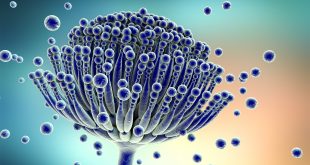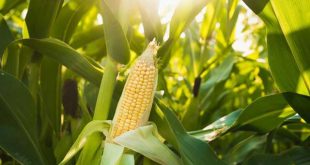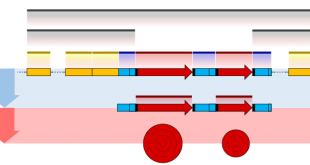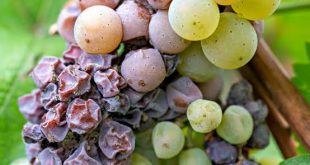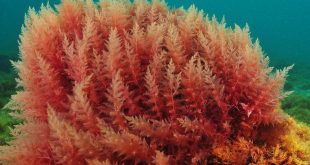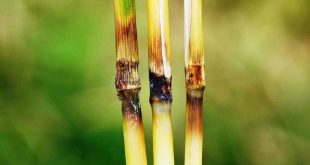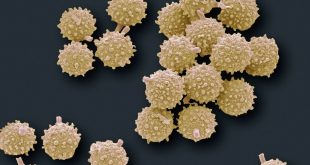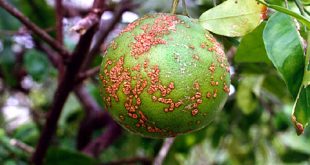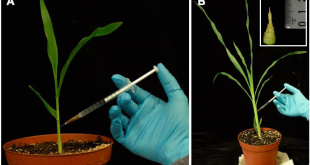INTRODUCTION Ascomycota is a phylum of fungi classification containing a compartmentalized mycelium, a dikaryotic life stage in the life cycle, plectenchymatous structures associated with spore production, conidia, and sometimes complex dispersal systems. The primitive morphological character that distinguishes members of Ascomycota from all other fungi is the Ascus (pl. asci, …
Read More »Blog Layout
Cytpoplasmic Genetic Male Sterility
The male sterility which is governed by both nuclear and cytoplasmic genes is known as Cytoplasmic Genetic Male Sterility or CGMS. While CMS is controlled by an extra-nuclear genome, nuclear gene may have the capability to restore fertility. When nuclear restoration of fertility genes (“Rf”) is available for a CMS …
Read More »Cytoplasmic Male Sterility
Male sterility, as the name indicates, is the inability of a plant to produce a male reproductive organ, the viable pollen. Male sterility can occur due to extra-nuclear genetic or nuclear genetic conditions. Cytoplasmic Male Sterility (CMS) refers to the inability of a plant to produce viable pollens due to …
Read More »Induction, Repression & The Operon Models
Genes are the carriers of all the information of an organism. These information are needed for different protein synthesis at different time. So expression of gene can effect an organism’s characteristics, health and so on. As gene expression is a very important feature for any organism as well as for …
Read More »Principles & Methods of Plant Disease Control
Plants are the vital element of Environment. Like men and animals, plants are not free from disease. As they have diverse and significant rules in our existence in this earth, scientists are concerned about them specially at their danger. So, to keep plants free from pathogens or diseases the word …
Read More »Divisions: Pyrrhophyta, Cryptophyta, Rhodophyta
Algae is an extremely diverse group of organisms that make up the lower phylogenetic echelons of the plant kingdom. A precise definition of this group is elusive and they share many obvious characteristics with higher land plants, whereas their distinguishing features from other plant groups are varied and more subtle …
Read More »The Basic Concepts Of Plant Disease
According to Encyclopedia Britannica- Plant disease is an impairment of the normal state of a plant that interrupts or modifies its vital functions. The effects of a disease that can be observed are called the symptoms. A disease can be identified depending on the symptoms as different diseases show different symptoms. …
Read More »Overseasoning of Pathogens
Over-wintering and/or over-summering of pathogen Over-seasoning is an evolutionary developed technique followed by many pathogens to survive the adverse period of their life cycle. It has been developed in the pathogens so that they can complete their life cycle and can spread their infections in the next year. The pathogens …
Read More »Infection and Dissemination
Infection When the inoculum starts procuring nutrients from the susceptible tissues of the host, the infection starts. This is the first stage from where the disease starts to develop. As the pathogen devours soluble products from the cell, various symptoms start appearing. Discolorness, malformation, necrotic areas are common in the …
Read More »Inoculation and Penetration
Inoculation Inoculation is the first contact of a pathogen with its host in a place where infection is possible. The pathogen may be in any of its stages of its life cycle. For example Get Free Netflix Now Best safe and secure cloud storage with password protection GPL Themes For …
Read More » Plantlet The Blogging Platform of Department of Botany, University of Dhaka
Plantlet The Blogging Platform of Department of Botany, University of Dhaka
